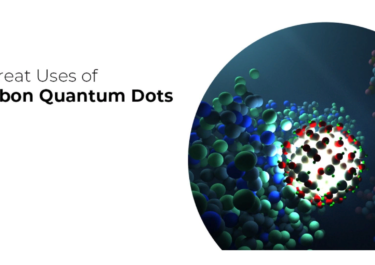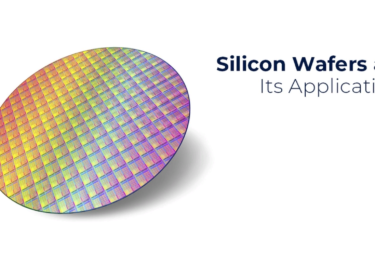Graphene Quantum Dots: Properties, Synthesis & Applications
Graphene blocks, which are two-dimensional, transverse sized are called graphene quantum dots (GQD), exhibiting physical, chemical, and biological properties. GQD has a better prospect in the biomedical environment due to its small size (less than 100nm). Different studies showed that GQDs are less biotoxic and more biocompatible. Different methods are used for the synthesis of





